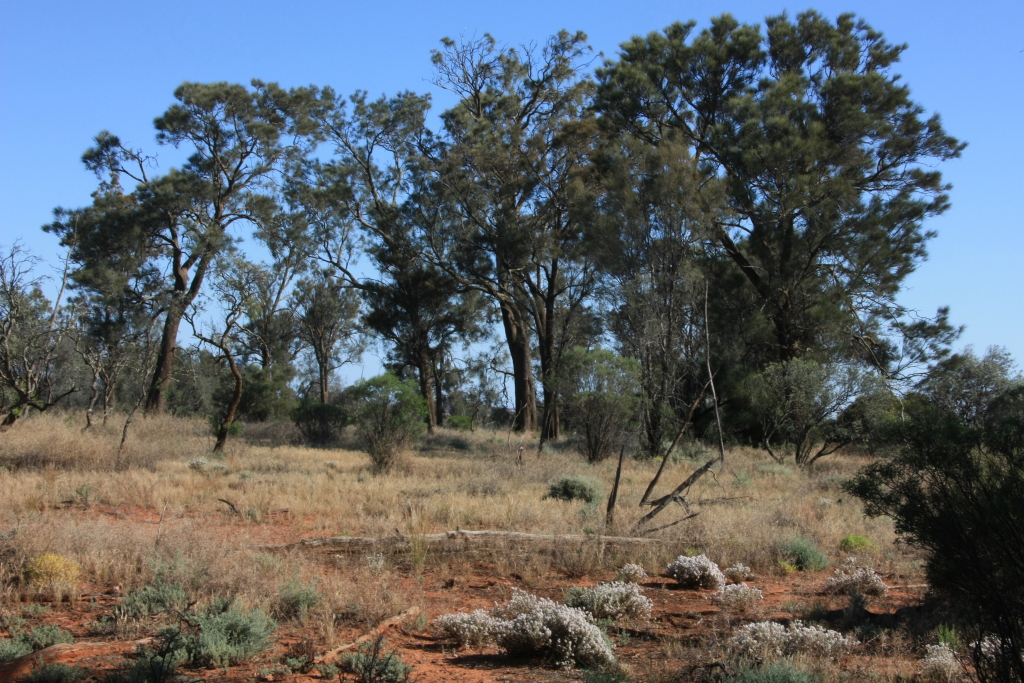Casuarina
Dioecious trees to 15 m high. Bark finely fissured and scaly, grey-brown. Teeth (leaves) in whorls of 9–16, c. 1 mm long. Male inflorescences simple elongate spikes, 6–10 whorls per cm. Female inflorescences on short lateral branchlets differing in appearance from the vegetative branchlets. Cones pedunculate; valves extending well beyond cone body, never greatly thickened, without dorsal protuberance. Winged seeds pale yellow-brown or greyish, dull, glabrous.
17 species in South-east Asia, Malesia, Melanesia, Polynesia, New Caledonia and Australia.
Not usually growing in soils that are severely deficient in nutrients.
Casuarina cunninghamiana is, like Casuarina glauca, grown as a garden or roadside tree and sometimes spreads. It is less inclined to root-sucker than Casuarina glauca and unlike that species, to date, has not been reported as truly naturalised in Victoria.
Entwisle, T.J. (1996). Casuarinaceae. In: Walsh, N.G.; Entwisle, T.J., Flora of Victoria Vol. 3, Dicotyledons Winteraceae to Myrtaceae, pp. 90–101. Inkata Press, Melbourne.
 Spinning
Spinning



